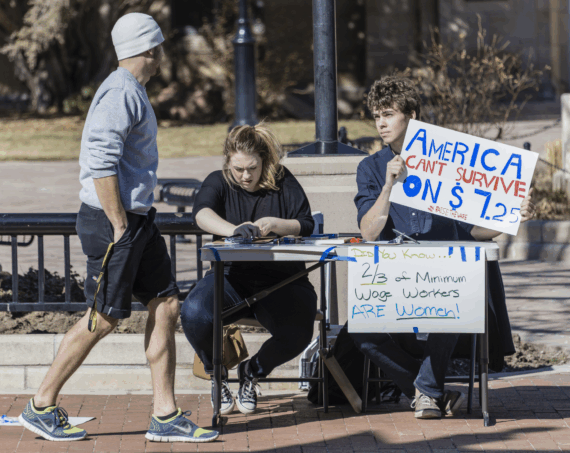President Joe Biden has endorsed raising the federal minimum wage to $15 an hour, and though Congress hasn’t acted, prominent companies have been plumping up workers’ paychecks on their own. They include some notable employers that are using higher wages as a way to attract (and keep) workers, including Amazon, which raised hourly pay for delivery drivers and warehouse workers to $19 — a number that’s becoming less and less of a reach at many companies. Read on for where to find jobs that pay $15 an hour — or more.
Related: Can You Guess the Minimum Wage the Year You Were Born?
Amazon
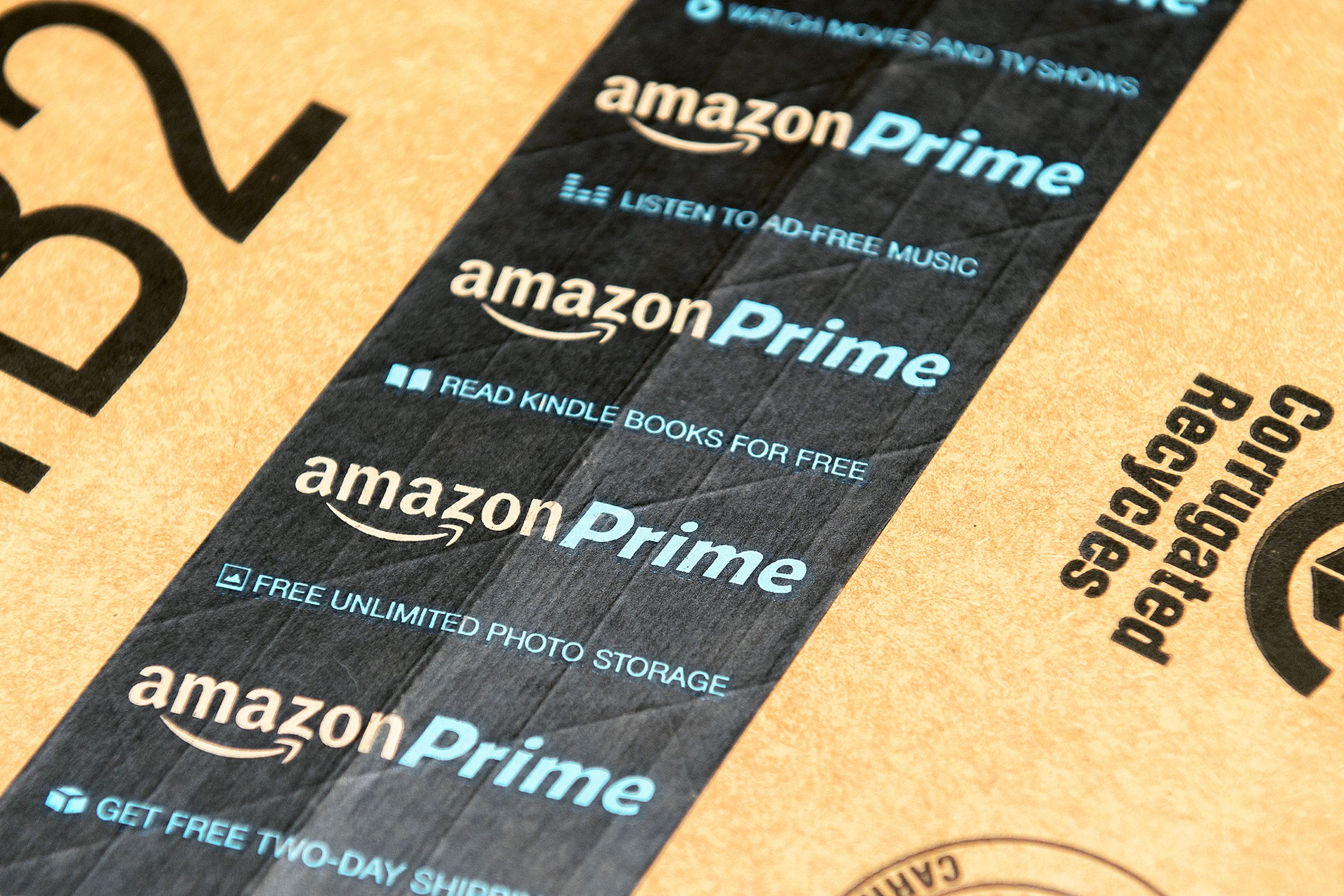
Amazon started paying all of its workers at least $15 an hour in November 2020, including the temporary and seasonal hires crucial to helping the e-commerce giant stay on top of the busy holiday season. More recently, Amazon said it was bumping hourly wages to $19 an hour for delivery drivers and warehouse workers. The company has also been vocal in supporting a $15 minimum wage nationwide. Still, some critics say the wage is paltry compared with what warehouse workers should be making, and has driven down industry averages where Amazon has opened fulfillment centers.
Related: The Most and Least Affordable Cities for Minimum-Wage Earners
Apple
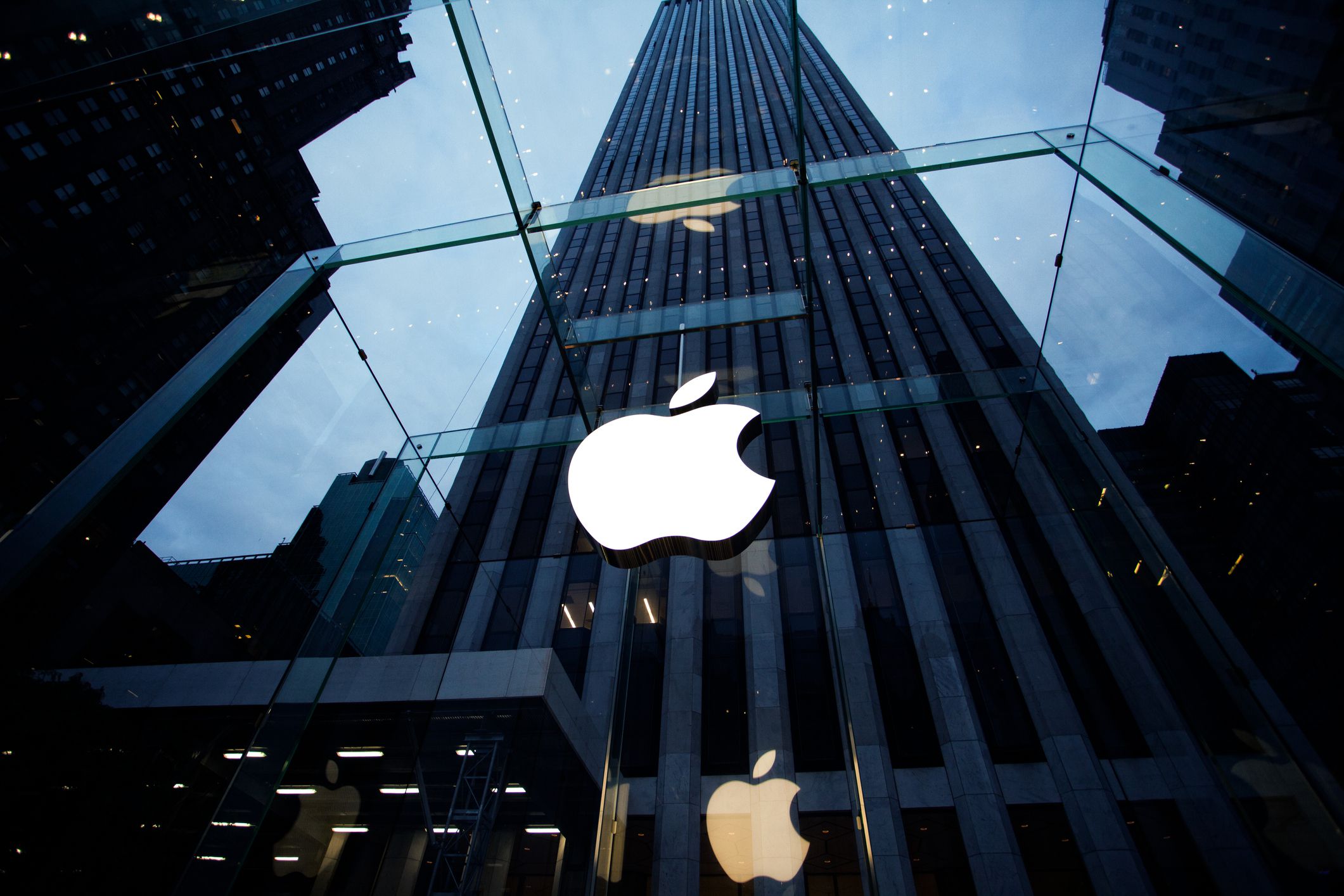
As inflation continues squeezing consumers, Apple’s pay rates are rising. The tech giant is offering jobs that pay more than minimum wage, raising the starting pay for its U.S. employees to $22 per hour — possibly higher, depending on the market. Some Apple employees have been informed that their annual reviews will be moved up by three months with the new pay to begin in early July.
Bank of America
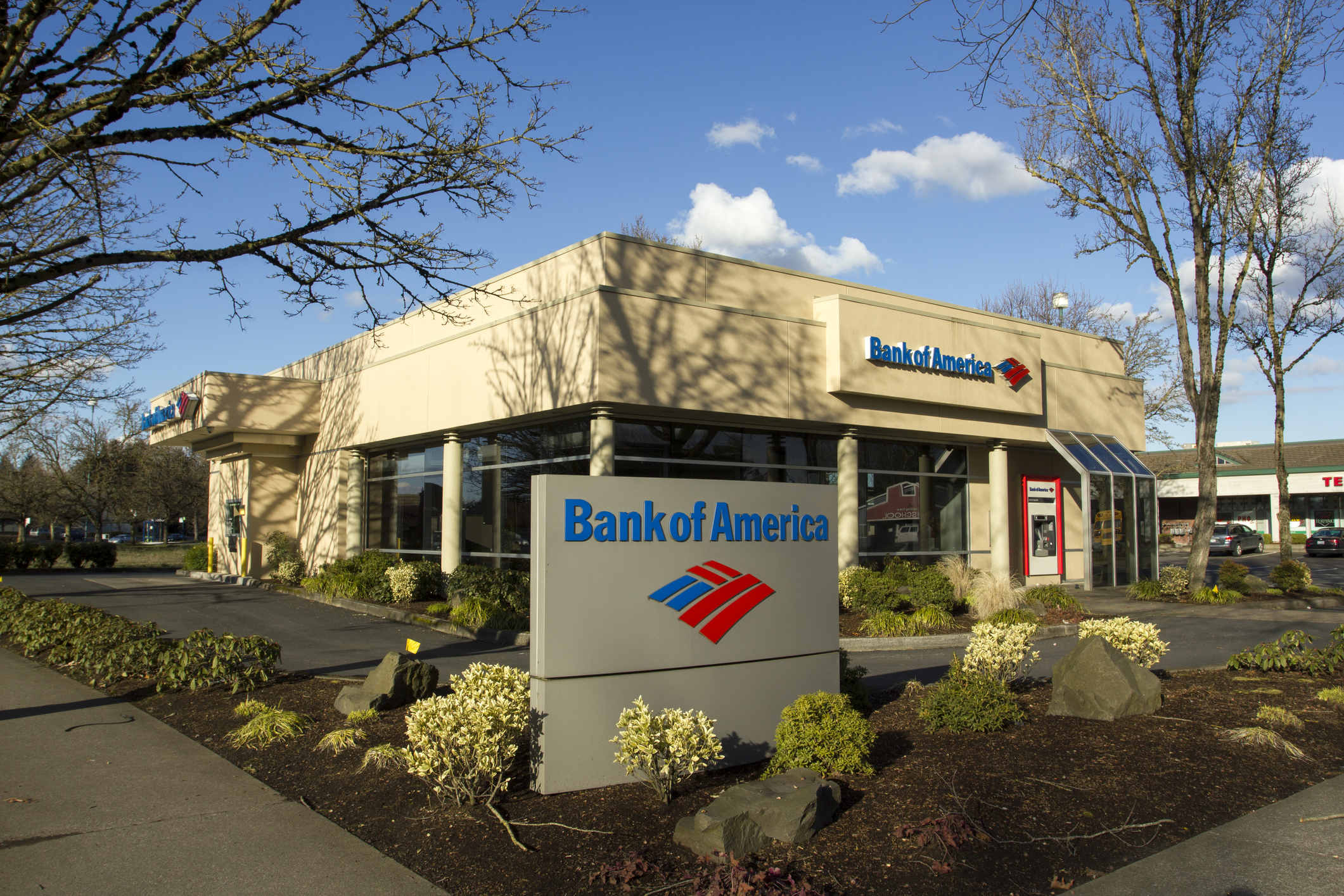
Bank of America is continuing to boost its minimum wage. Its latest wage increase brings the massive bank’s minimum to $22 an hour, just seven months after another jump to $21 per hour. The increases are part of the company’s goal of paying a minimum wage of $25 by 2025. That represents an increase of $14 an hour since 2010, Bank of America has said.
Verizon
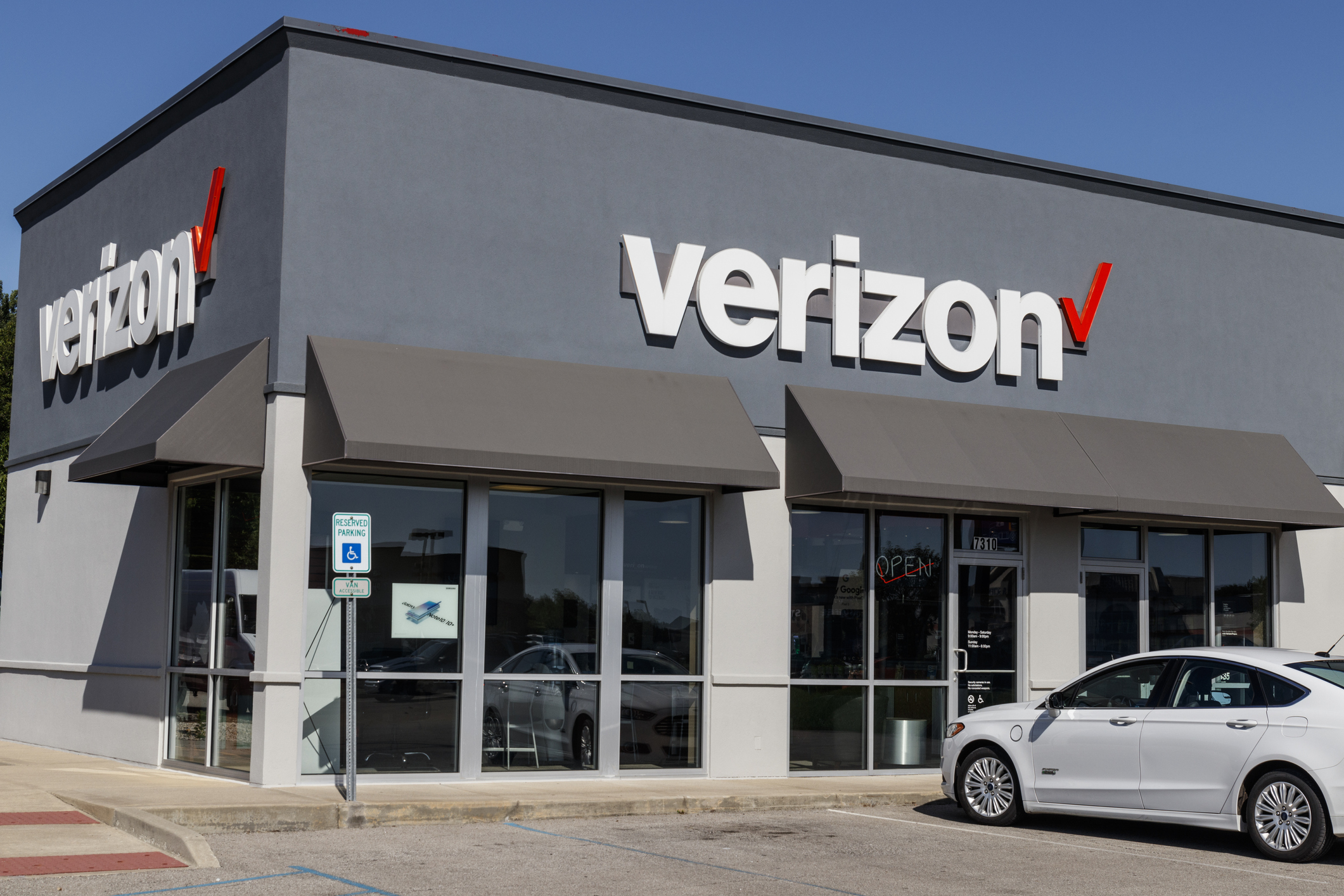
The nation’s largest mobile carrier is falling in line with competitors like T-Mobile and AT&T and upping its minimum wage. The company said that its retail, sales, and customer service staff will now make at least $20 an hour. New hires will enjoy the updated wages and existing employees will have their rates automatically adjusted. Verizon will also be offering sign-on bonuses for certain in-demand positions.
Target
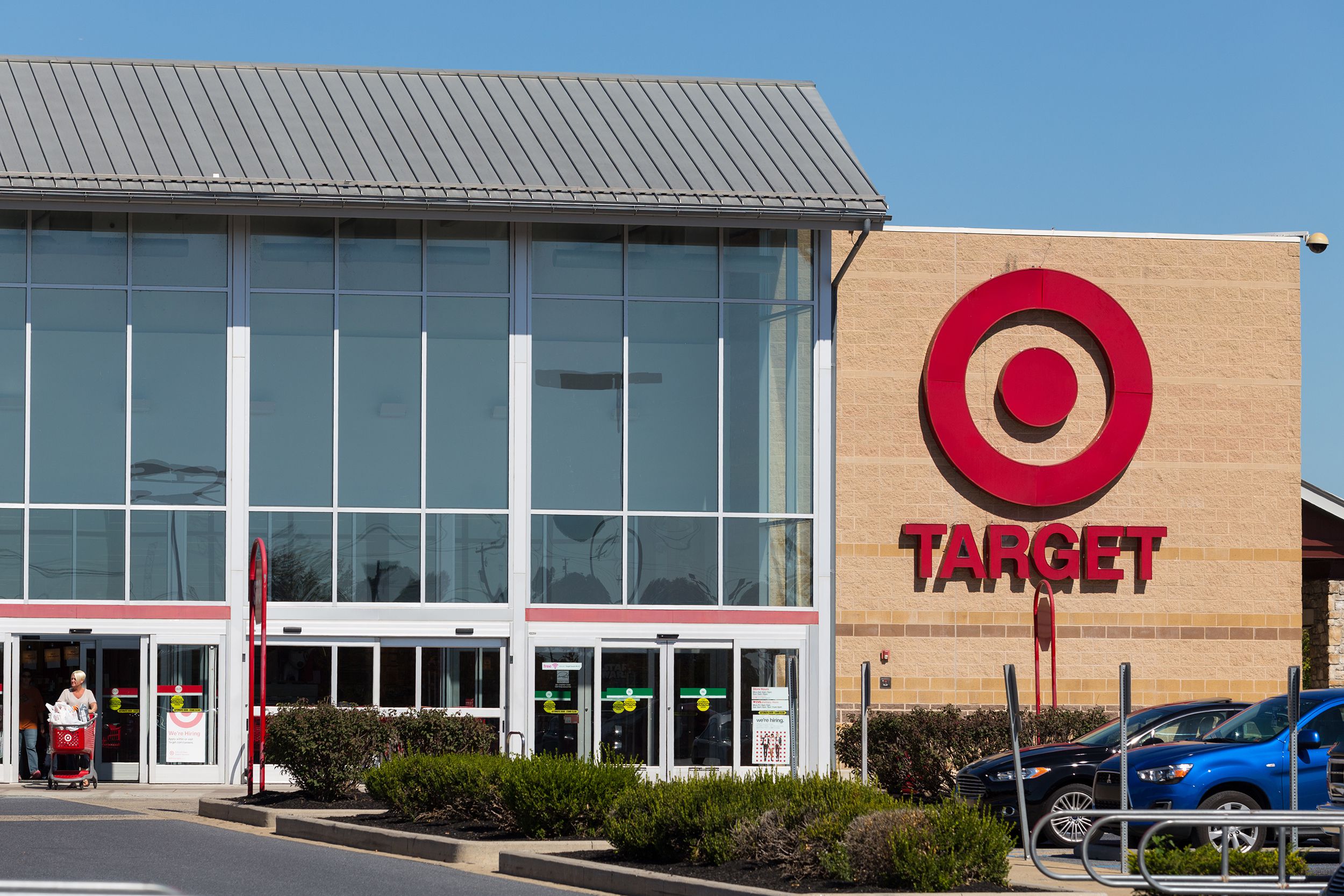
Target raised its minimum wage to $15 per hour beginning in July 2020, and it’s not done: The company recently said it plans to pay some of its workers as much as $24 an hour in competitive markets, as it invests $300 million in its workforce. The move puts pressure on Target’s closest big-box rival, Walmart, which pays a minimum wage of $12 an hour, despite having raised pay for some workers enough to bump its average to $15 an hour.
Trending on Cheapism
Hobby Lobby
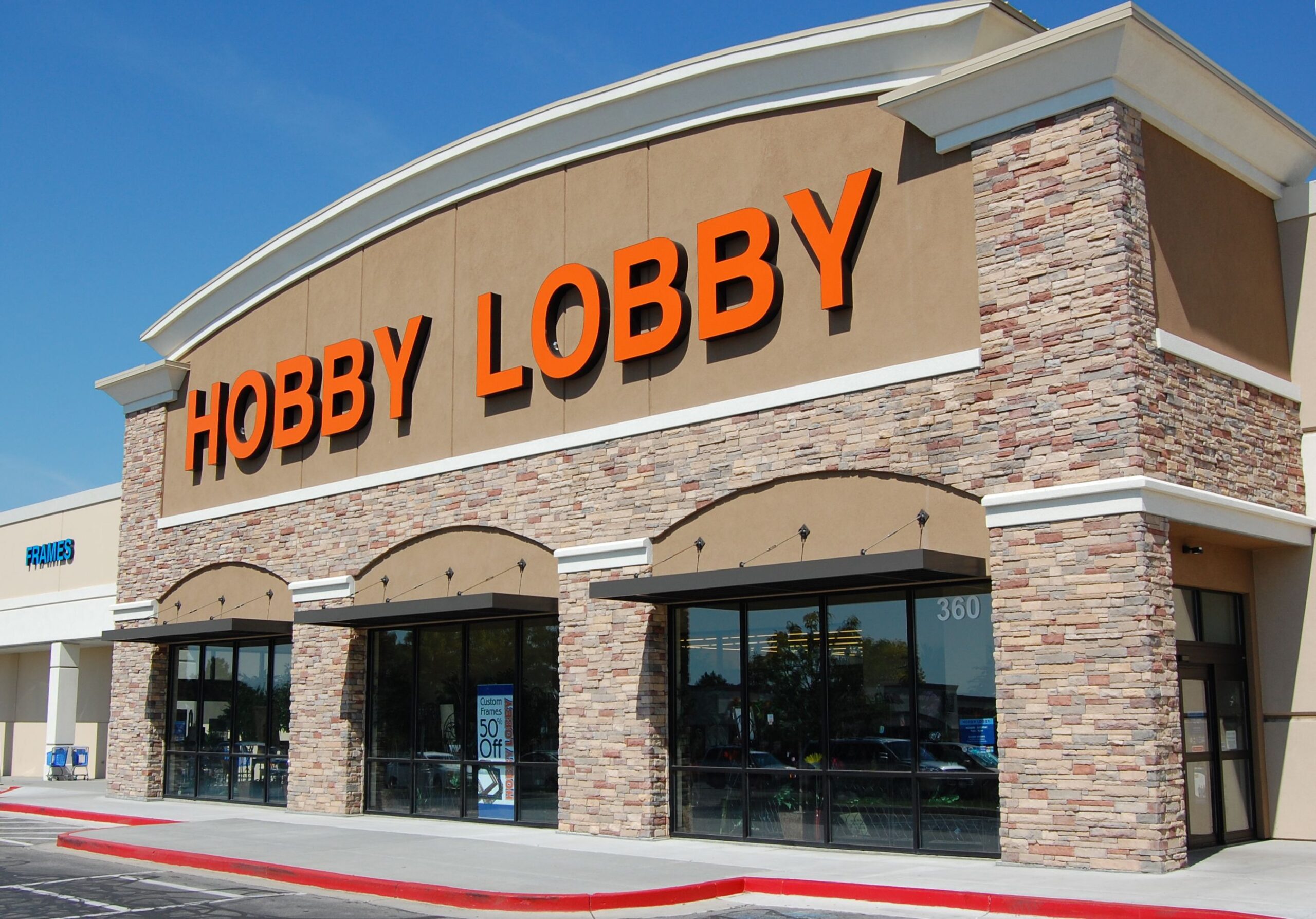
Though it’s become infamous for its evangelical CEO’s controversial policies, Hobby Lobby pays its employees pretty well, and the craft chain is raising its minimum wage again. Starting this year, all full-time hourly employees will be making at least $18.50 an hour, and they’ve been making at least $15 since 2014. Hobby Lobby instituted a company-wide minimum wage in 2009, and in the 13 years since, it has increased the minimum wage a dozen times.
Ikea
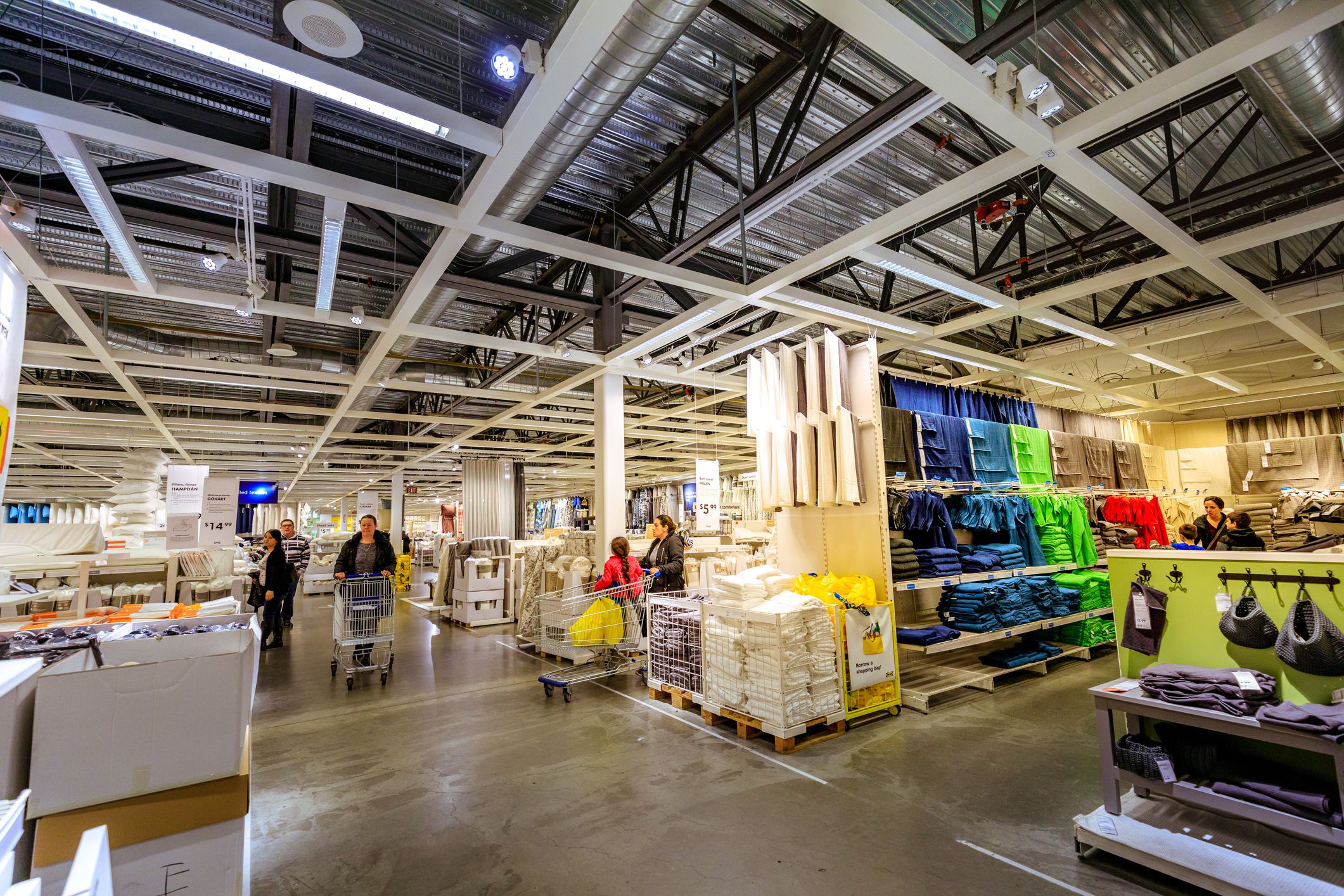
Ikea, the global flat-pack furniture giant, has increased its starting pay for U.S. employees. Beginning this year, new hires — including full time, part time, temporary, and seasonal employees — will earn at least $16 an hour, or even a couple bucks more depending on location, according to Fast Company. Benefits will also be beefed up, including a minimum of five weeks of paid time off. And thanks to a record sales year, the company will also be doling out performance-based bonuses to the tune of $76 million in total. That could buy a lot of Billy bookcases.
Macy’s
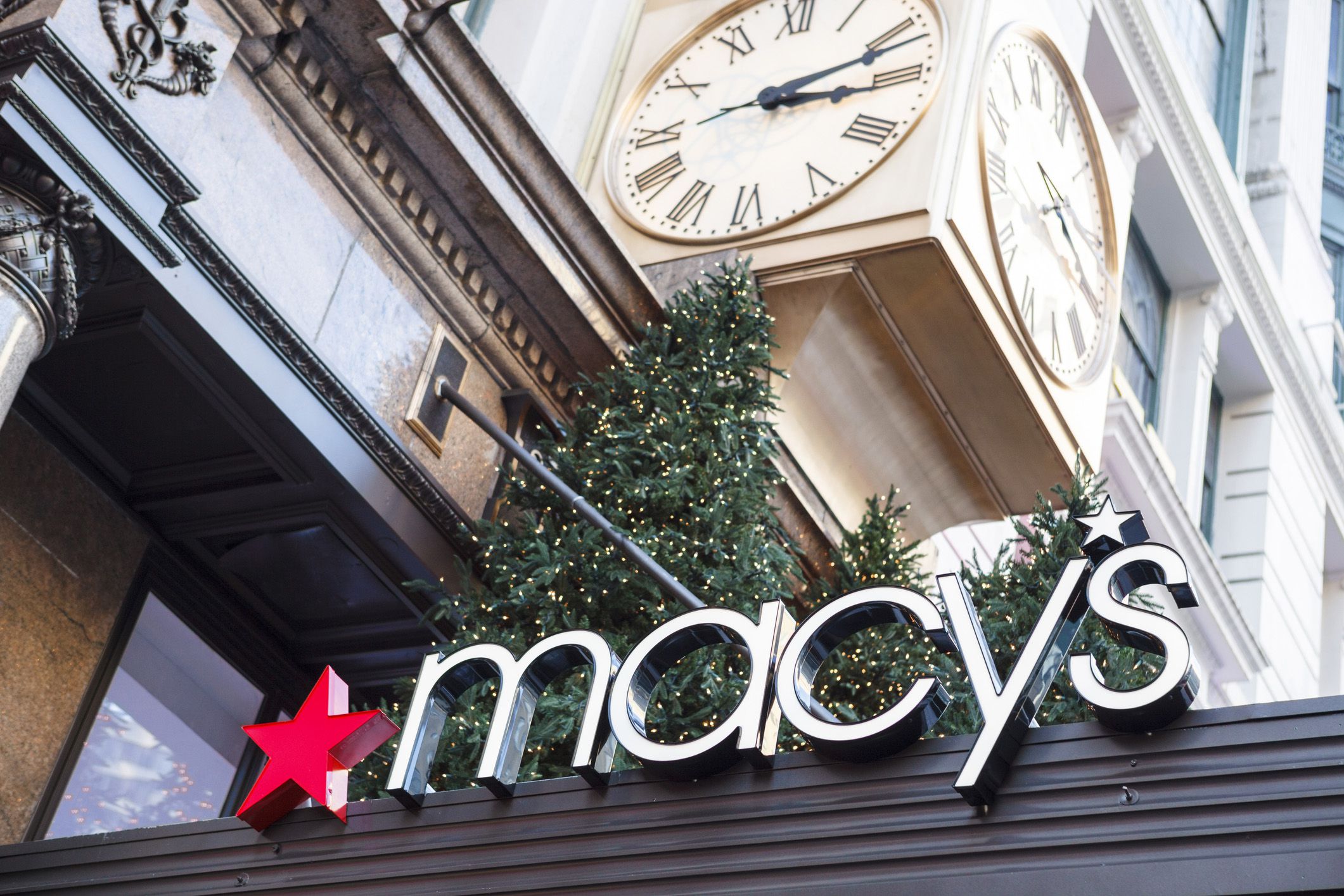
The nation’s most dominant department-store chain said its workers would begin making at least $15 an hour, bringing average base pay to more than $17 an hour and average total pay to $20. But that’s not all: Macy’s said it would also cover the cost of workers’ college tuition, books, and fees, joining retailers including Amazon and Target that offer educational perks in an effort to recruit and retain workers.
Sign up for our newsletter
Costco

Costco started paying workers at least $16 an hour in March 2021, which was followed by news that the company would institute a $17 an hour minimum wage. “These increases are part of Costco’s continuing efforts to ensure our hourly wages remain extremely competitive in the retail industry,” Costco CEO Craig Jelinek said in a memo to employees in 2021. More than half of Costco’s hourly workers make $25 or more, Jelinek says.
Starbucks
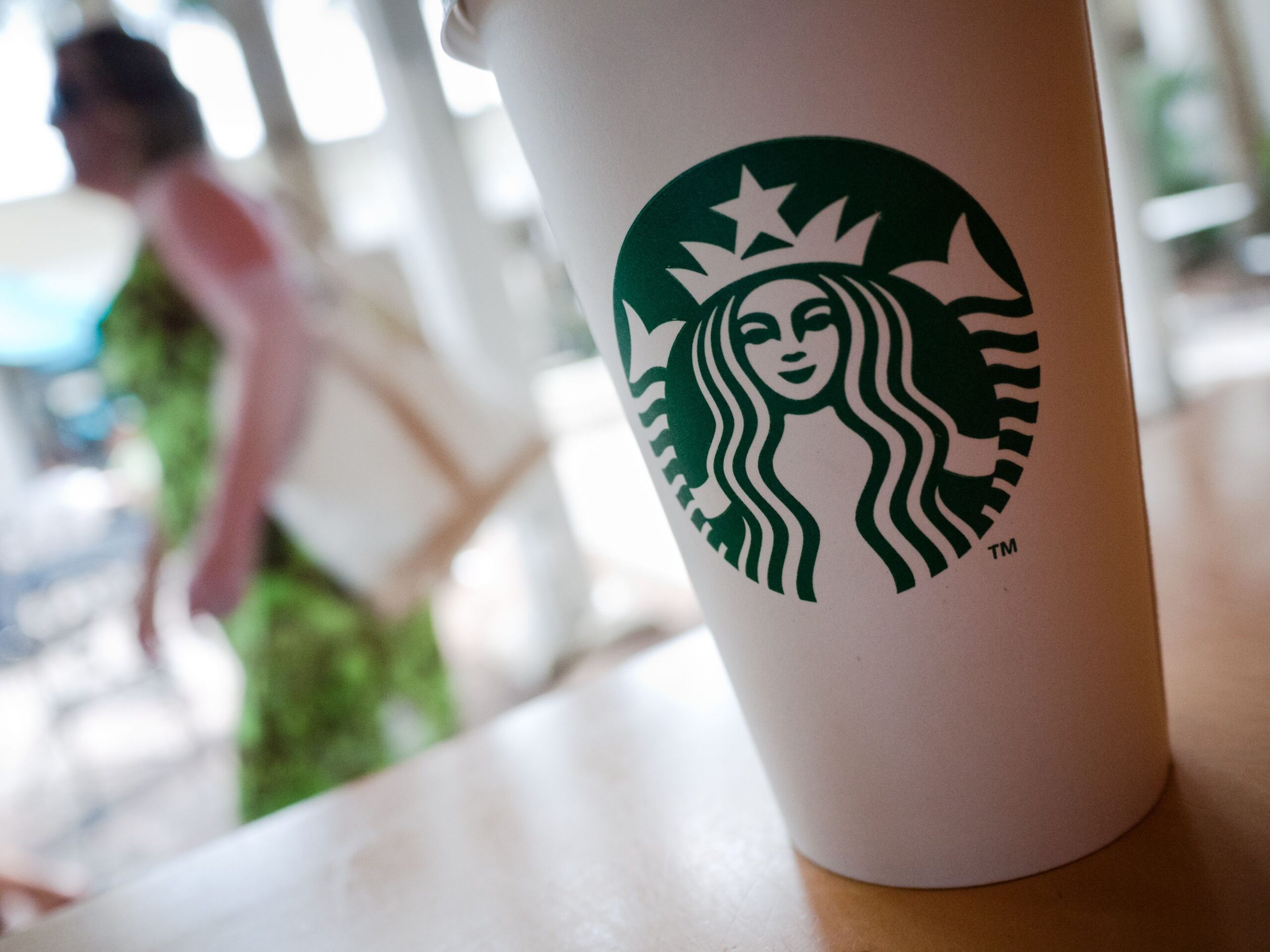
Starbucks employees are also seeing fatter paychecks. Hourly workers began earning a minimum of $15 an hour over the summer, bringing the average to $17 an hour. Also, starting last January, workers who had been with the company for at least two years received up to a 5% raise, and those with five years of service saw as much as a 10% pay bump. Starbucks was already one of the few companies that offers part-time workers health benefits and other perks such as tuition reimbursement.
Williams-Sonoma Inc.

The upscale home retailer recently raised its minimum wage to $15 an hour for all workers. Williams-Sonoma Inc. owns the eponymous cooking and kitchen retailer, as well as Pottery Barn, Pottery Barn Kids, Pottery Barn Teen, West Elm, Williams Sonoma Home, Rejuvenation, and Mark & Graham.
Sam’s Club

Sam’s Club committed to paying all workers at least $15 an hour, effective at the end of September 2021. A vast majority of Sam’s associates already made at least that much, the retailer said, and the average hourly rate is more than $17. Sam’s parent company, Walmart, also has an average wage of more than $17 an hour, according to the company, and workers in its distribution and fulfillment centers start at $16 to $26 an hour.
Walgreens
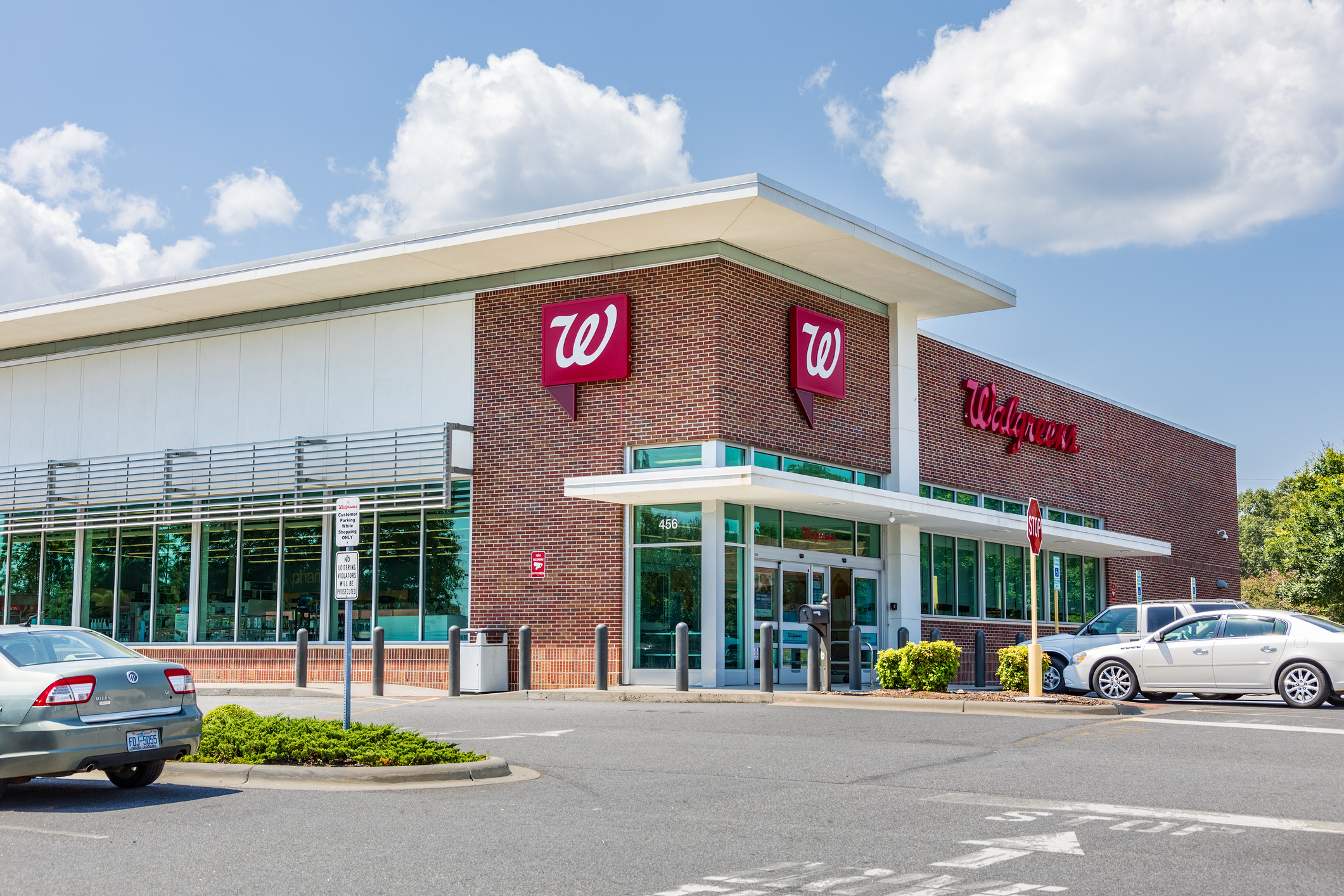
Following in the footsteps of its major competitor, CVS, Walgreens boosted its hourly wage to $15 for all employees starting in October, with the increase scheduled to be fully implemented later this year. This comes after a pandemic hiring spree, during which Walgreens added 25,000 full-time and part-time employees.
Aldi

The famously low-cost grocery is now offering an average starting pay of $15 an hour for store positions and $19 for warehouse positions.
CVS
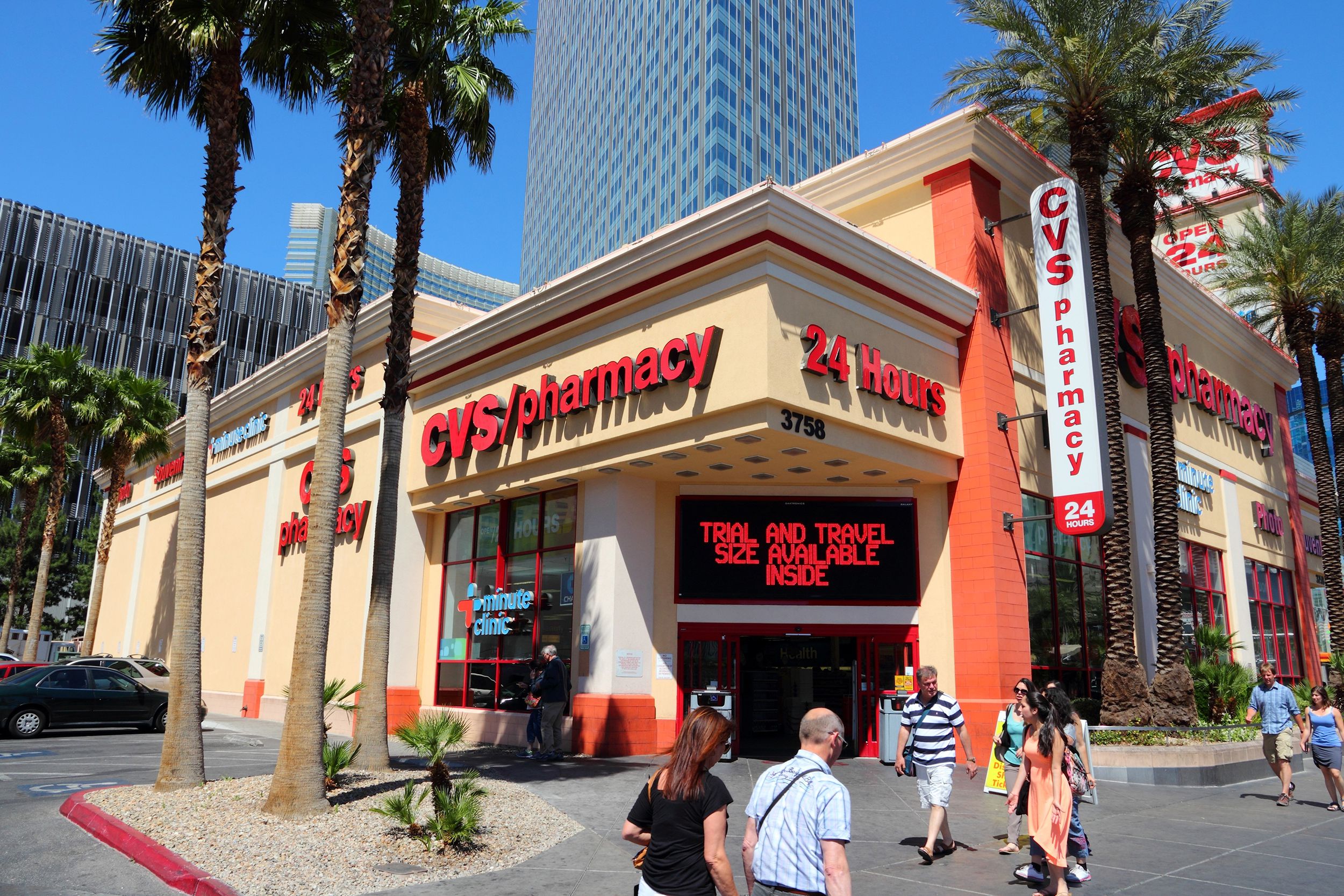
CVS said in 2021 that wages for hourly workers will reach at least $15 an hour by July 2022. The pharmacy retailer is also boosting starting rates for positions such as pharmacy technicians and call center representatives above $15. A majority of existing employees don’t have to wait for the increase: Roughly 65% already make more than $15 an hour.
Chipotle

Plenty of restaurants are struggling to find workers, and Chipotle is no exception. The chain said it would raise its average wage to $15 an hour by the end of June 2021, a move it hoped would help it hire at least 20,000 new employees. Restaurants say they’re having a tough time finding enough staff for a number of reasons, including competition from other industries, pandemic safety concerns, child care issues, and government aid in the form of stimulus checks and boosted unemployment benefits.
Wayfair
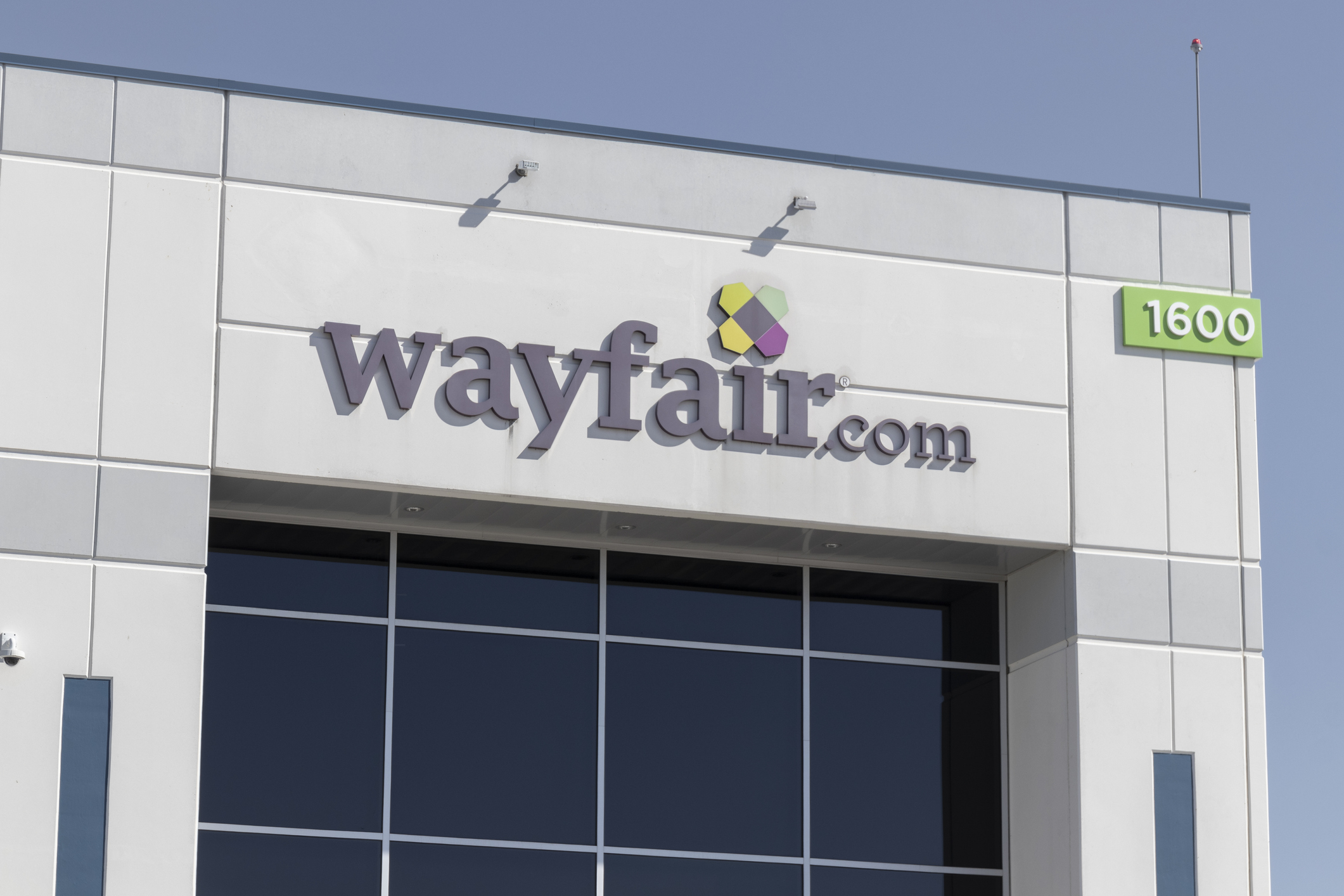
This Boston-based online furniture and home goods retailer said in January 2021 that it had bumped its minimum wage to $15, a move that would raise the pay of nearly half of its 8,000 hourly workers. The company had already been paying many workers a $2-an-hour premium during the pandemic, as well as offering other benefits such as emergency paid time off and child care support.
Best Buy

This electronics juggernaut said it would begin paying workers at least $15 an hour starting in August 2020.
Charter Communications

This parent company of Spectrum Internet said in April 2020 that it would raise starting pay to a minimum of $20 an hour over the next two years. The company had already been paying employees at least $15 an hour.
Wells Fargo

Perhaps spurred on by its faster-acting banking rivals, Wells Fargo said in March 2020 that workers in many of its higher cost-of-living markets would be paid at least $20 an hour by the end of the year. The mega bank had already raised its minimum wage to $15 in March 2018.
Ben & Jerry’s

It shouldn’t come as a surprise that this famously progressive ice cream company is committed to high wages: All of its Vermont-based full-time workers made a minimum of $18.13 an hour in 2020. But as Mashed notes, that generous wage doesn’t necessarily extend to hourly employees in other states, where scoopers and others may make closer to $11 an hour.
Fifth Third Bank
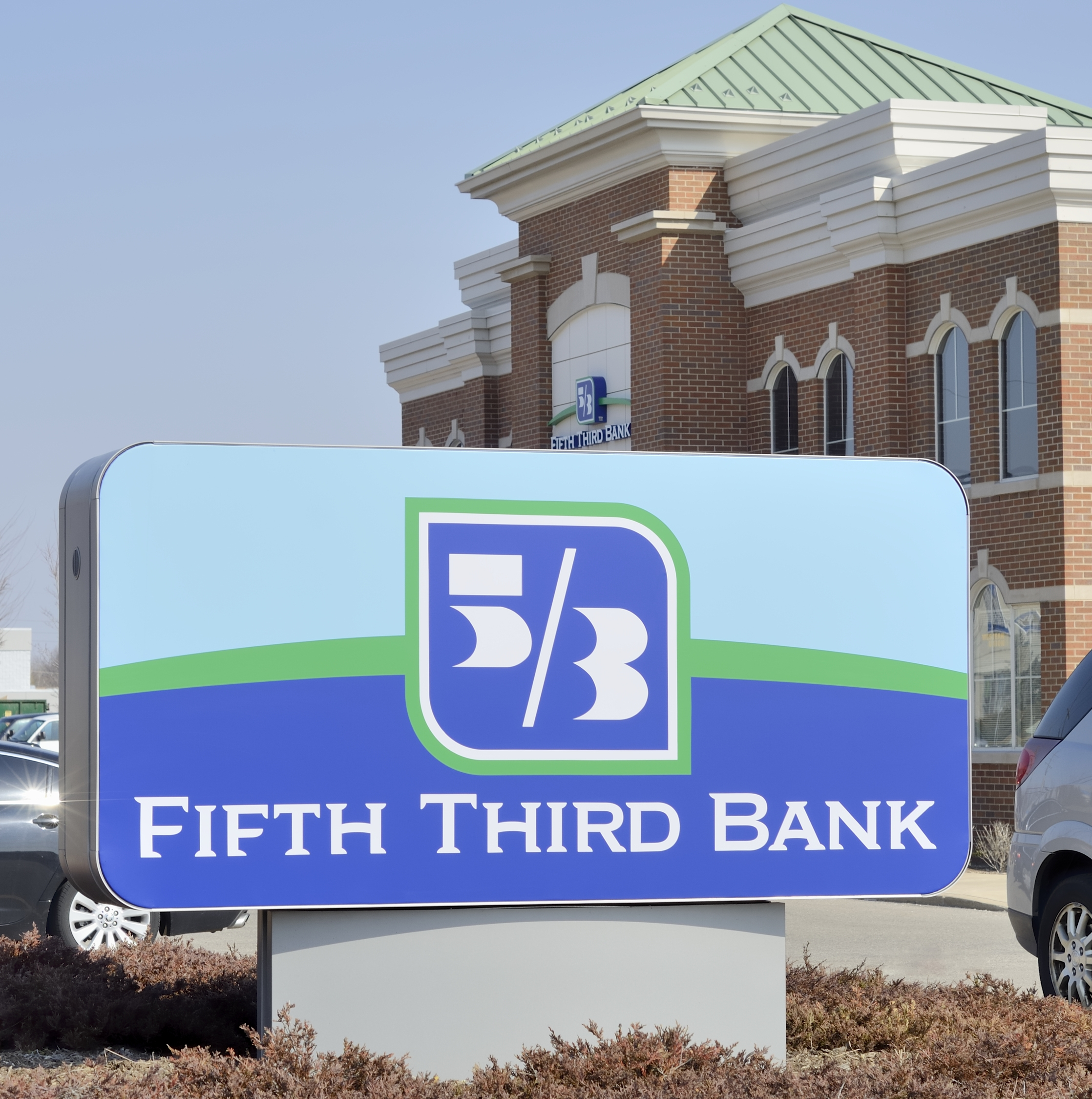
Midwest-based Fifth Third joined its larger banking rivals in August 2019, saying it would increase its minimum hourly wage to $18, a move that affected nearly 5,000 of its roughly 20,000 employees. Fifth Third had previously raised its minimum wage to $15 from $12 in January 2018.
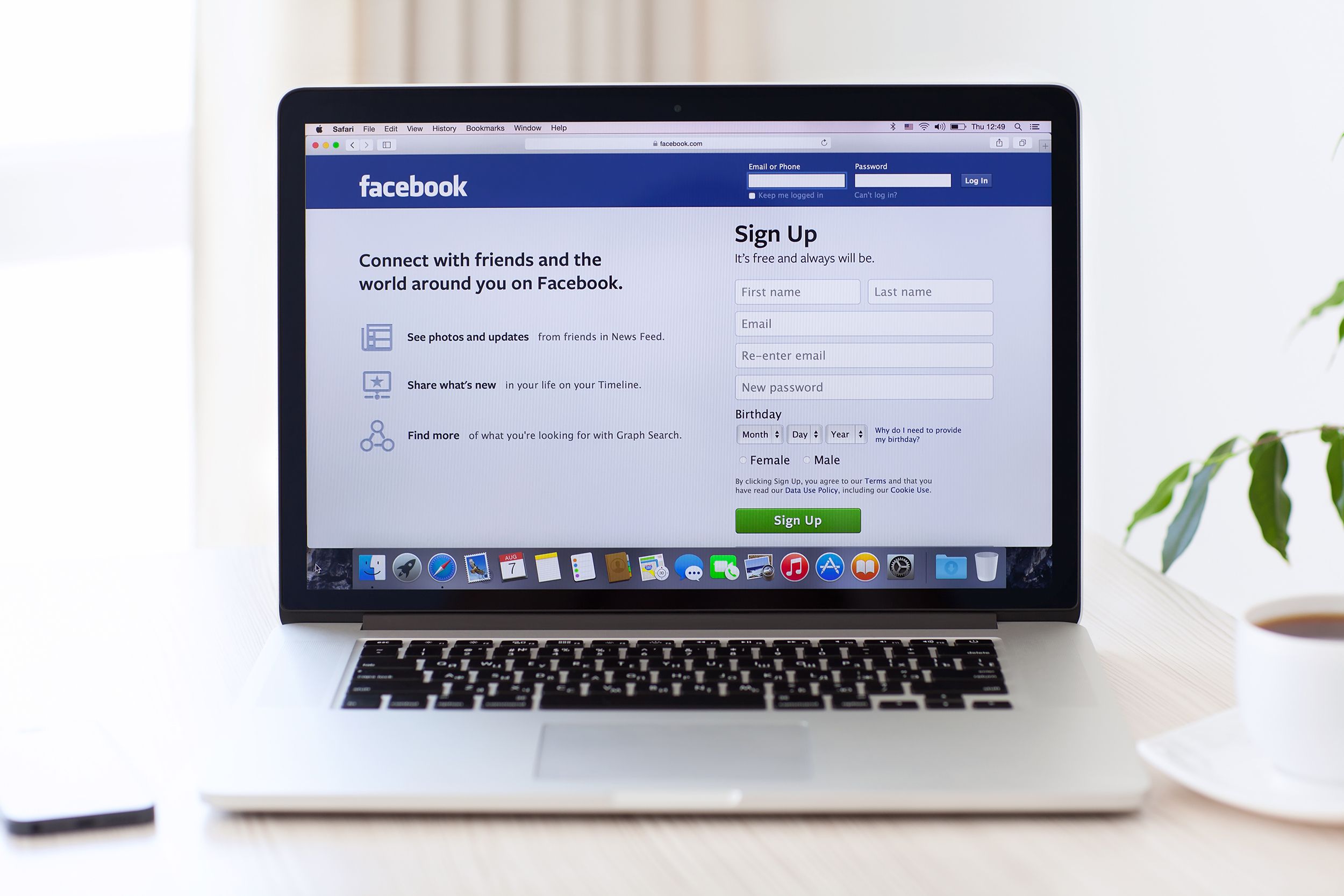
Facebook has paid its workers at least $15 an hour since 2015, but the company said in May 2019 that it would commit to at least a $20-an-hour wage in high cost-of-living markets such as San Francisco, New York, and Washington. The announcement came on the heels of criticism that the social network’s content moderators were underpaid, especially given the stressful nature of their jobs.
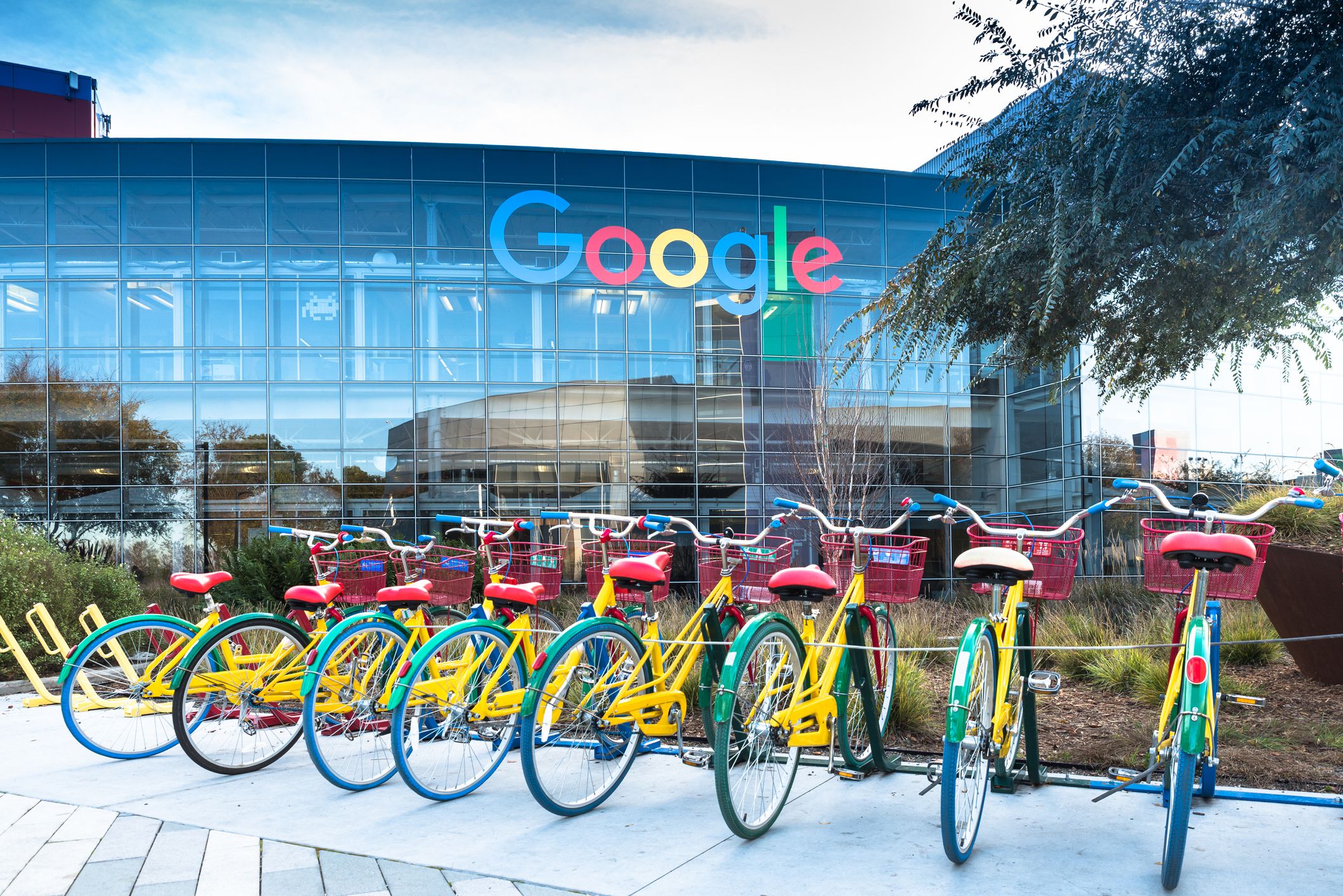
It might not seem much of a stretch for a flush tech company such as Google to pay at least $15 an hour, but it didn’t happen until the end of 2019. The pay bump, unveiled in April 2019, came in response to protests that Google’s many temporary and third-party workers — reportedly half its workforce — got inadequate pay and benefits. Google also said it would require health care coverage, parental leave, and tuition reimbursement for those workers.
Walt Disney World

The Happiest Place on Earth lived up to its billing a bit more starting in October, when its minimum wage reached $15 an hour. The pay bump is the culmination of a deal struck between Disney and its largest union in August 2018, when the starting wage was $10. Disneyland workers got at least $15 an hour starting in January 2019.
JPMorgan Chase
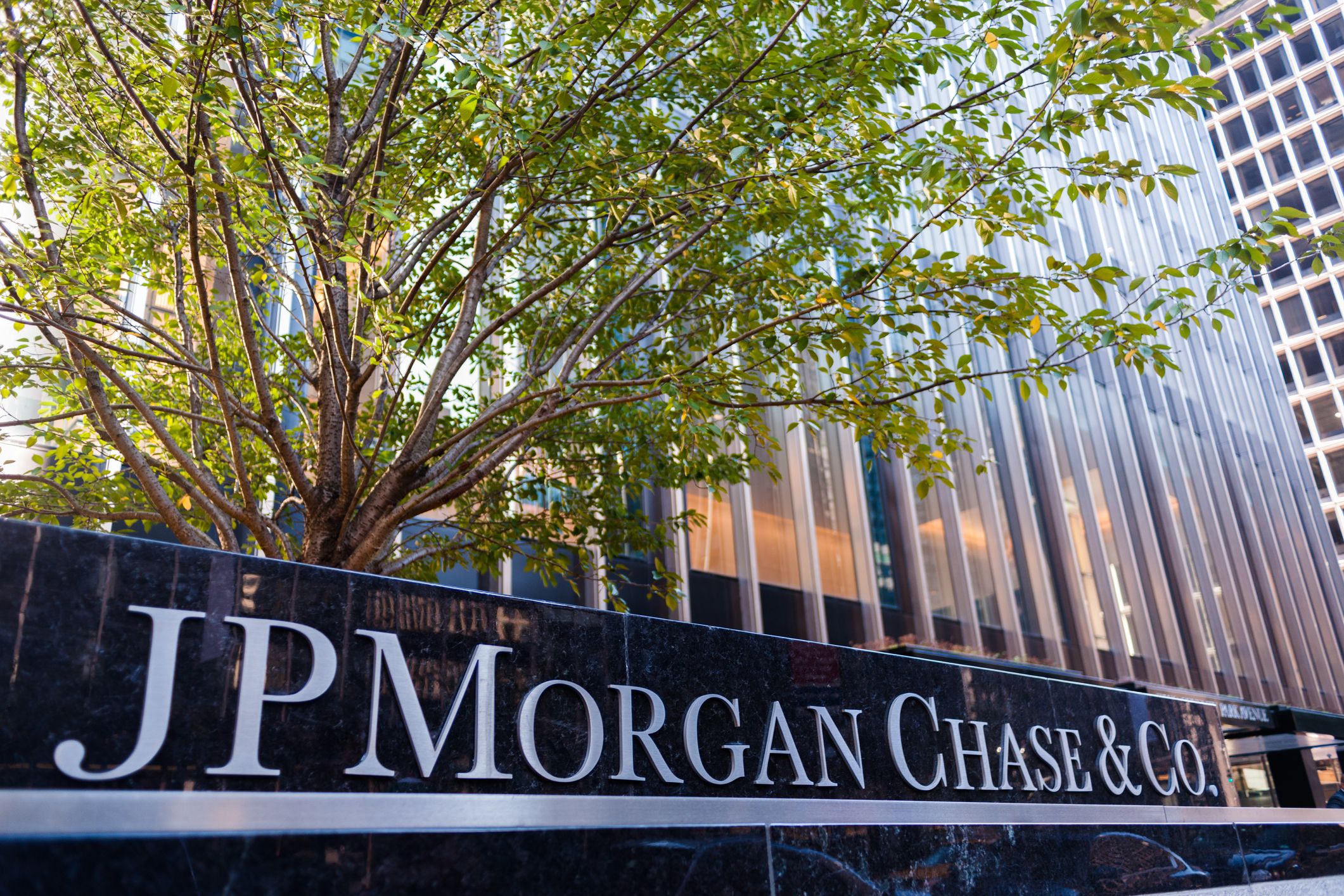
Chase workers in more than 100 cities — roughly 22,000 in total — got a raise in February 2018, bumping pay from between $12 and 16.50 an hour to $15-$18. Later reports put the minimum wage at $16.50 for all workers. CEO Jamie Dimon has said he’s in favor of higher wages for workers, but would not commit to matching Bank of America’s $20 starting wage when challenged on the issue in a hearing on Capitol Hill in 2019.
Cigna

In January 2018, Cigna committed to paying its workers at least $16 an hour, with many employees getting salary increases beyond that mark. It also said it would pump $30 million into 401(k) matching so that employees would get an additional 1% contribution match for the year.
Aetna

One of the nation’s largest health insurers was one of the first big companies to announce that all of its workers would make over the $15-an-hour threshold, pledging a minimum wage of $16 for all workers starting in April 2015. The move averaged out to an 11% pay bump for employees, though some saw as much as a 33% raise.
